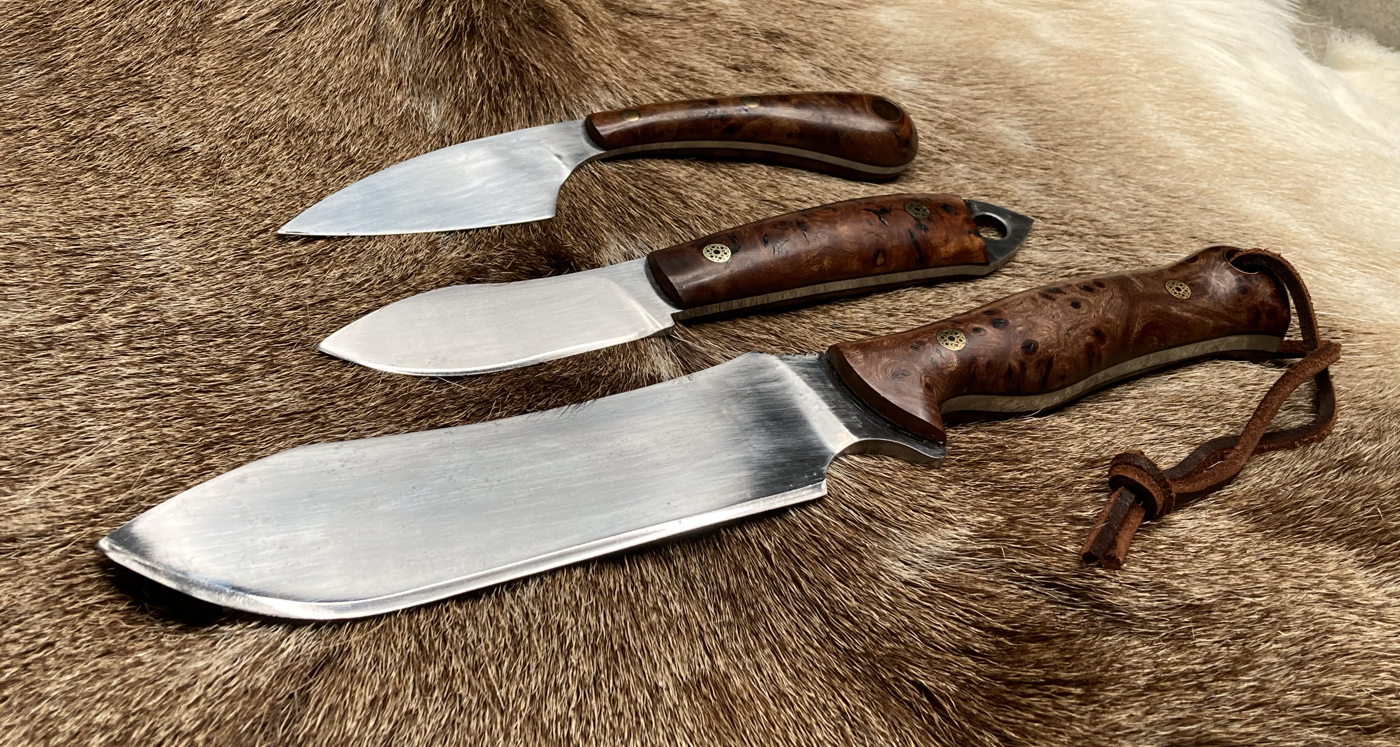
Welcome to the Academy!
The kettle is on and we have reserved a spot by the fire for you.
At the Academy, our goal is to help people just like you!
Perhaps you are a novice at bushcraft and survival skills? Or you wish to expand your current knowledge by studying a skill in depth, or picking up a whole new skill?
In either case we will help you gain confidence in a wilderness setting so that you can enjoy life off the beaten track.
We do this through multimedia online courses, knowledge packed journal posts and directed self learning, so that your personal goals are achieved. We aim to help you achieve your goals even if you don’t have regular access to the wild, you are on a tight budget and you don’t have all of the equipment you think you need.
Free Resources












![What is the best bushcraft knife for the outdoor professional? [FREE buyers guide]](https://images.squarespace-cdn.com/content/v1/5fb161311ca05f08cb554748/1607373153568-2TQBM3WNWEHYA48G3Q2T/best+bushcraft+knife+professional.png)
In this Natures resources Journal entry, we look at natural dyes, a topic often overlooked in bushcraft circles. Whilst not immediately necessary for day to day survival, there is a growing body of archeological evidence that shows the use of colourful dyes well into prehistoric times. The often portrayed image of our ancestors being dressed in drab brown fabrics and animal skins is perhaps not a realistic paradigm.